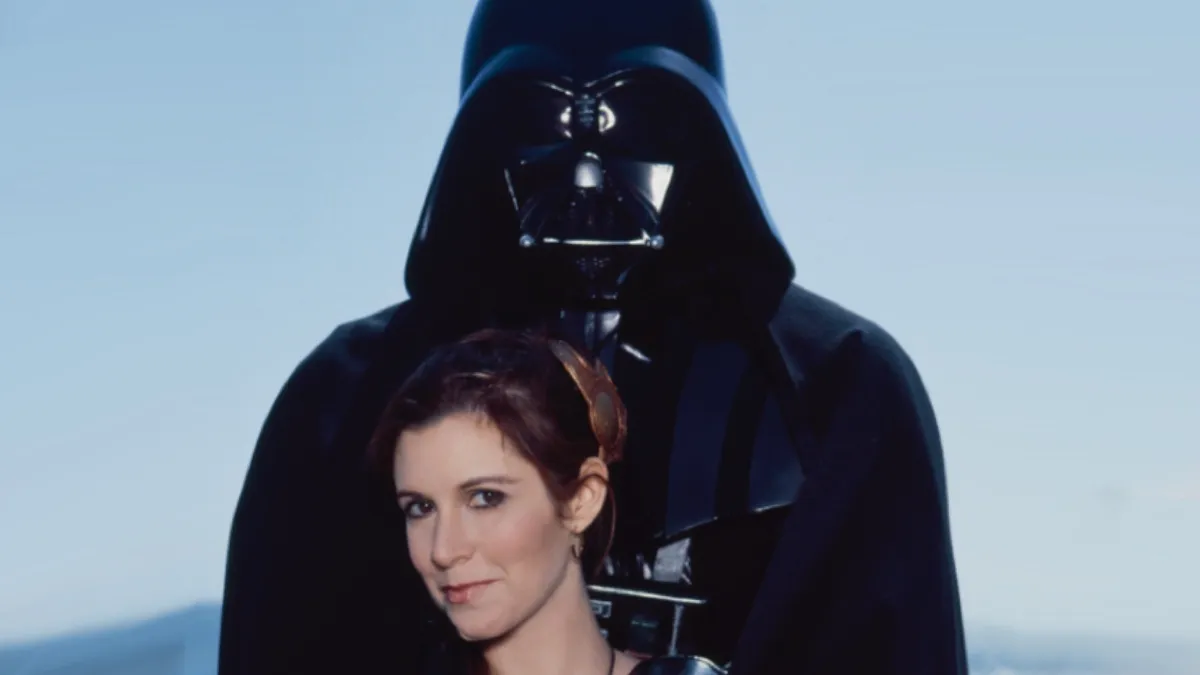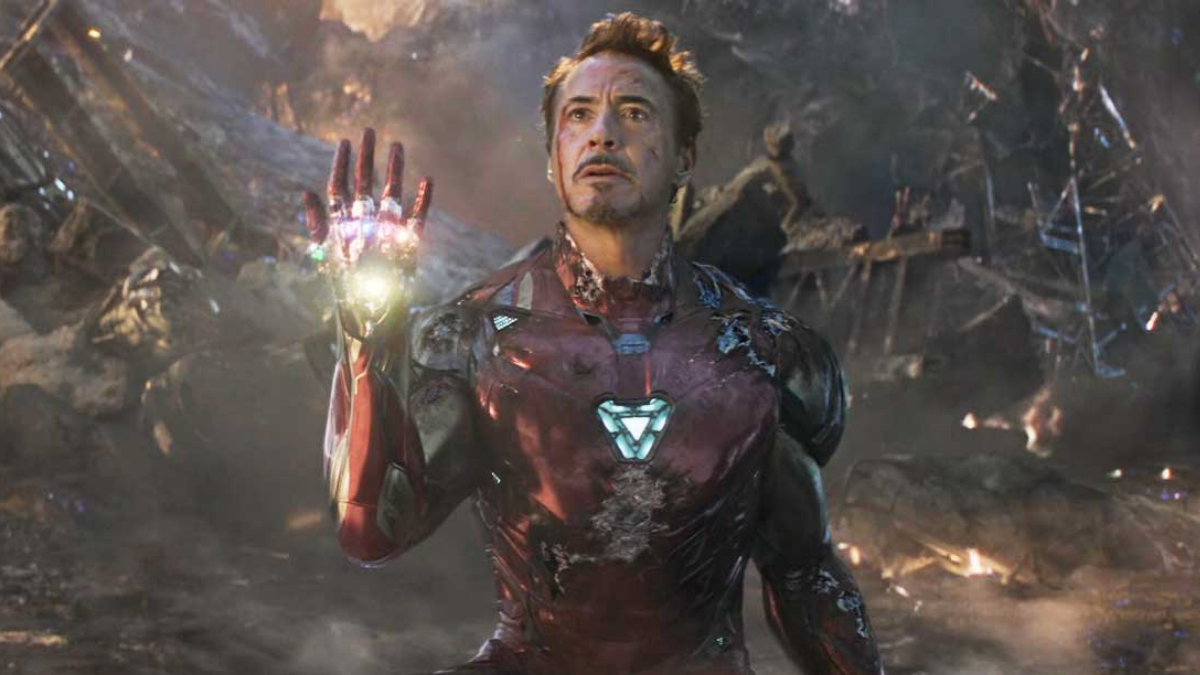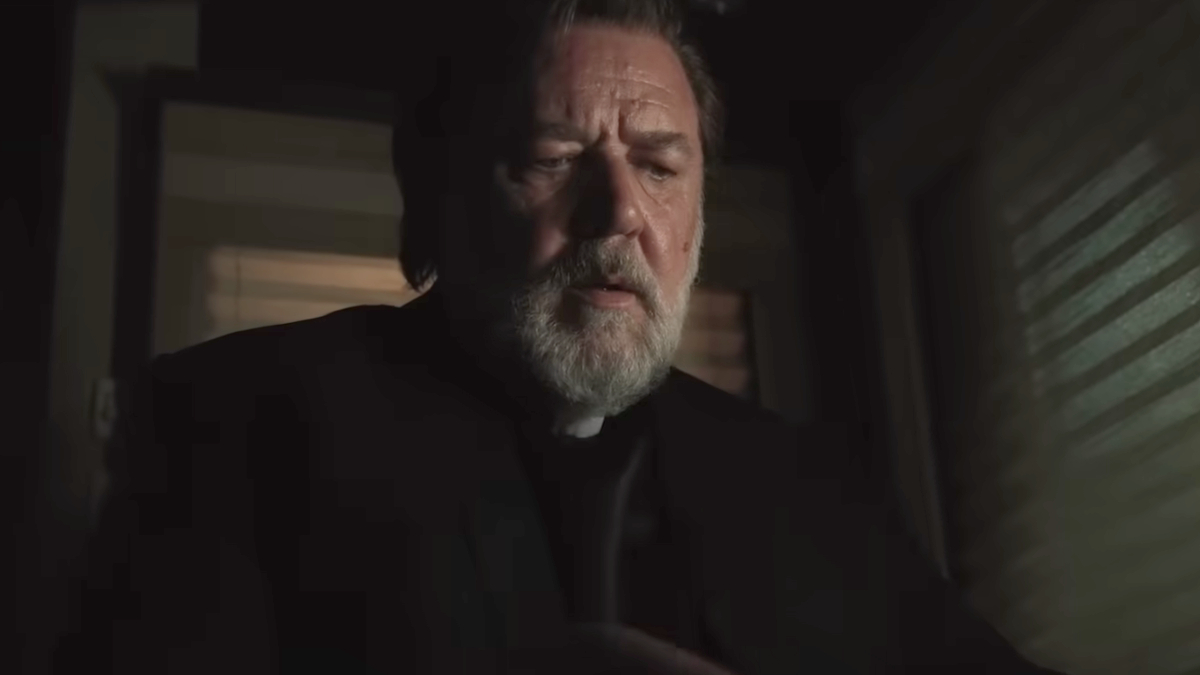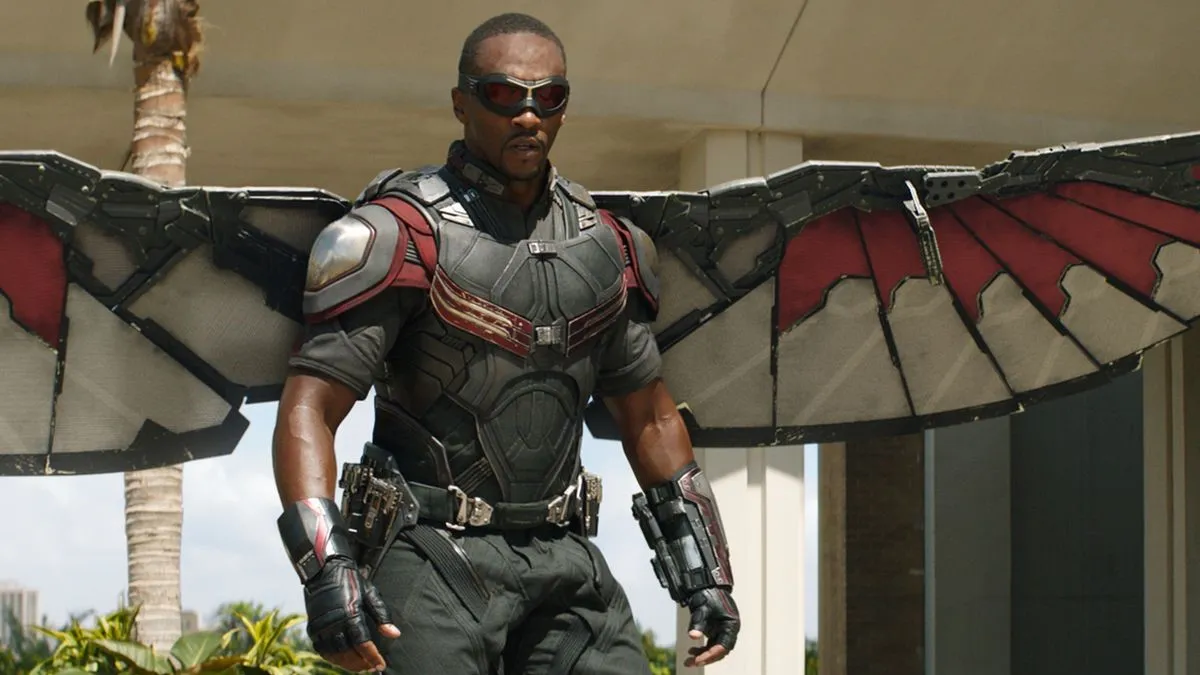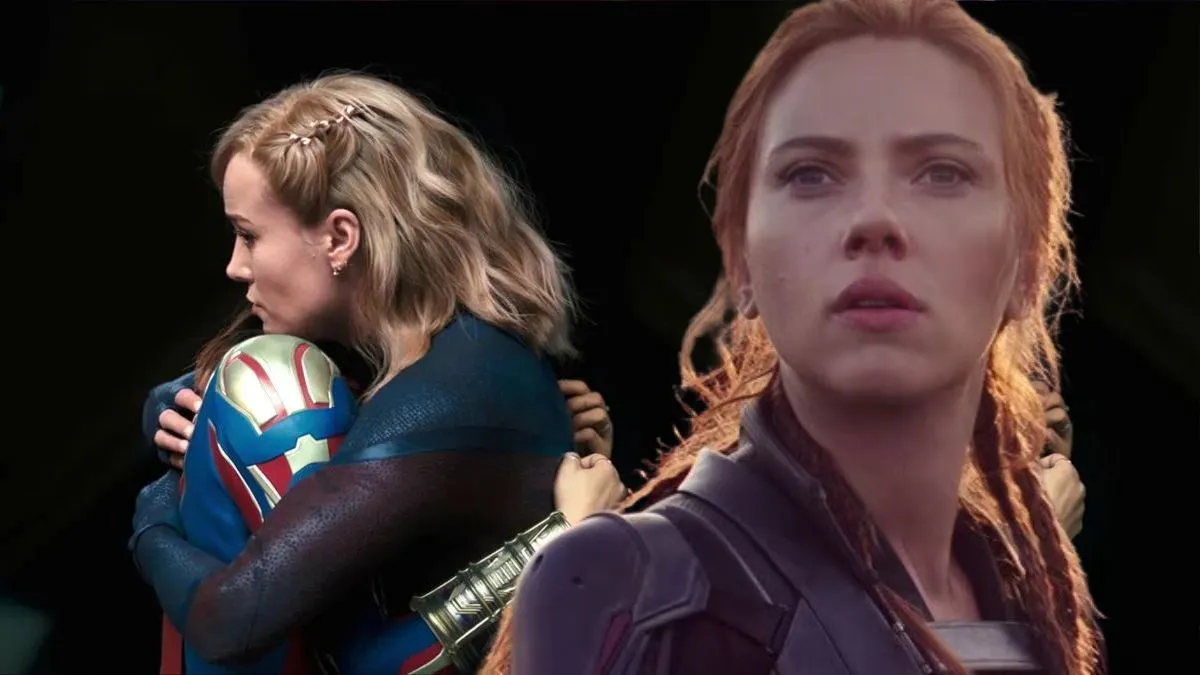As a self-proclaimed horror convert (once afraid, now slightly less afraid), I find myself constantly drawn to documentaries like Haunters: The Art Of The Scare. Why spend money to be terrified, shocked and psychologically broken? Answer: because there’s no more euphoric high than true, adrenaline-laced fear. Coming face-to-face with the reaper and “surviving” a walk through obstacle courses of graveyard designs. Filmmaker Jon Schnitzer dives into this world of “haunts” to explore why artists devote their lives Halloween, how fear has evolved, and, most importantly, the extremes that now pervert a once-safe formula.
Schnitzer’s intention with Haunters: The Are Of The Scare is to span the countless types of October houses being erected each season. There’s newlywed Donald Julson and his Nightmare on Loganberry, violator Russ McKamey and McKamey Manor, thematic-to-extremist scare actor Shar Mayer – the list rattles on. Everyone has their idea of what a good scare is – from near-death experiences to family-friendly mazes – but in every conversation, change is acknowledged. Less aggressive haunt owners fear people like Russ McKamey will push until the worst happens, followed by a reactionary wave of issued sanctions, regulations and closures. Schnitzer dares to find the line between Halloween fun and torture-porn reality – even if it means publicizing the “best of the worst.”
As a good documentary does, we’re left to decide if experiences like Blackout and McKamey Manor should be respected for their craft or closed on principle. Zero bias. You’ll hear from talking heads who range perspectives from old-school theatrical spookers to nu-age devils with a borderline snuff obsession. Stalwarts and legends of the industry offer their take on what it means to scare paying customers, some with a more Disney rule set, others who’d risk your life for the right footage. Opinions are leveled and debated openly, because just like any entertainment market, haunts are consumer based. You need willing participants to run a successful attraction, so it’s interesting to hear from the veterans, rookies, hobbyists and lifers alike. Our fears being exploited in so many ways, but the “HOW” remains under fire.
Then again, is money a true motivator? Donald lives for Nightmare On Loganberry, wife, family, prospective child plans be damned. Location runners open up about lost spouses and “Haunt Widows” describe what it feels like when a loved one disappears every October. If stats are to be believed, McKamey Manor cost Russ some $500K – even before his $100K ranch relocation was stopped mid-process – so, again, is money the sole objective here? Over personal well being?
If you don’t believe that horror lovers are the most committed fans of any genre, these men and women are Exhibit A. Is it a healthy dedication? Extreme example? Of course – but Schnitzer also highlights this ethereal pleasure that comes from a full immersion into life-affirming scares. Universal Studios invented horror films as a proposed distraction to Depression Era hardships. Is that same escapism still not healthy – if not necessary – today?
Of course, you’ll always have the crazies – and Schnitzer chooses to lean on McKamey Manor the hardest.

Much like audiences, the camera seems bored by haunted houses of the past. Russ becomes a focal point for his abusive, shock-nightmare, no-safe-word torture chamber at McKamey. Patrons are vetted beforehand for existing conditions, forced to sign a waiver, but even at that, when you enter McKamey Manor, you’re Russ’ prisoner. He follows you with his video recorder, capturing your face no farther than two inches away while he tells you there’s no being let out. Even Blackout stops when you say the magic word – but Russ keeps going. That’s his best content. Survivors being force-fed foreign objects – insects crawling inside their mouths – and then, upon vomiting, being fed their bile right back. Workers needing to pause when subjects go non-responsive or mentally break down. Go ahead. Define the art of the scare for me again?
I go into this detail – which doesn’t scratch the surface – because this is where Haunters: The Art Of The Scare chooses to spend most scenes. We meet artists who craft behemoth wooden skeletons or proprietors of less “intrusive” haunts, but they’re merely contention speakers. Here to tell us how sick an individual Russ is; him, the Larry Flynt of modern scaring, getting off on your pain and YouTube clicks. Only a single scene offers a postponed reflection from McKamey “survivors,” where they re-watch their footage with anger and repulsion – except for the ones who in-turn ask to become scare actions (flipping the experience).
Haunters: The Art Of The Scare exposes enough about those who dare manipulate human terror to drag the waters of Halloween havoc and pull up its worst-of-the-worst offenders (“worst” being subjective). Try watching the McKamey Manor shots without having your own panic attack. Jon Schnitzer poses the question of “What comes next?” with inquisitive eyes and a slight nervousness, even if the lighter side of Halloween haunts are shortchanged. Interesting enough – like deciphering the scribbling of a mad scientist, and hats off to the survivors. All stronger souls than I’ll ever be.


